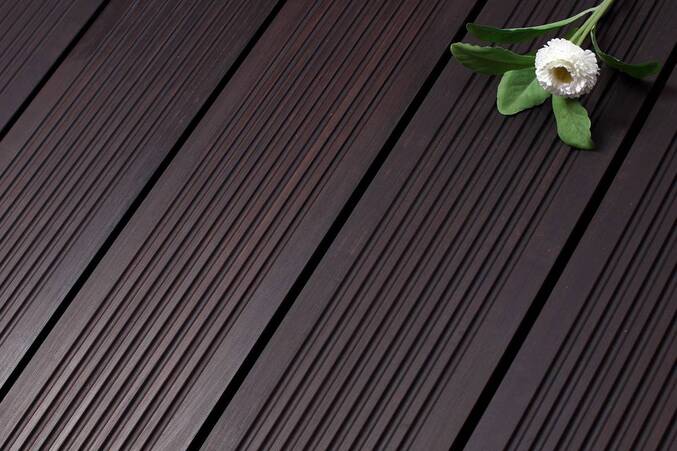Photo Courtesy : pixabay
Coming from the natural side of the construction, bamboo is a type of grass which shares the similar properties to that of hardwood flooring including the pros and cons which should be well known before the purchase.
The Pros
1. Eco-Friendly :
Bamboo is an eco-friendly material which takes very less time to develop and reach maturity in around three to five years while the hardwood takes around twenty years or in some cases even more to reach the complete maturity. Having a natural touch to the construction.
2. Durability :
Based on the type of the bamboo, the strength and durability varies. Naturally harvested bamboo which is properly manufactured can be extremely hard and durable.
3. Water Resistant :
Bamboo is mildly resistant to the water stains and water damage against the hardwood.
4. Maintenance :
Bamboo is an easy to maintain material which requires occasional mopping (should be done with non-alkaline bamboo cleanser). Regular sweeping or vacuuming is needed.
5. Pricing :
The flooring is priced moderately, the lower end should be avoided as most times it attains the price by degrading the quality.
6. Styling and Refinishing :
Bamboo shares the appearance with hardwood yet have completely unique identity of its own. It gives a significant bump to the quality of the room. Bamboo floors gets scratched and discoloured over time. This material can be easily refinished by sanding it down as per the thickness and reapplying the superficial coats.
The Cons
7. Environmental Damage :
As bamboo is manufactured out of type of grass, it takes a lot of natural resources for its complete development as par industry standards. Bamboo planks are manufactured by shredding the bamboo plant and using heat and pressure. This can release VOC (Volatile Organic Chemicals) which can intoxicate the environment over time.
8. Prone to Scratches :
Bamboo flooring can get scratches from various things like animal paws, heels, sharp legs of furniture, etc. Tiny grain of sand and dirt can also cause scratch.
9. Varying Quality and Cost :
The colourization of bamboo planks involves carbonization process which generally softens the planks and as these colours are in mainstream and well design, the structural weakness remains unnoticed. There is no perfection identification system for the bamboo quality. That's why the purchasing of bamboo flooring should be done with utmost precautions to get the best quality without compromising the money factor.
10. Water Resistance :
Being the organic matter it is, bamboo provides better water resistance than hardwood but excessive water contact or moisture can damage the bamboo flooring. The bamboo flooring should be done in moderate environment as too much moisture can plump can bamboo and extreme dryness can cause shrinking making it brittle in both the cases.


















